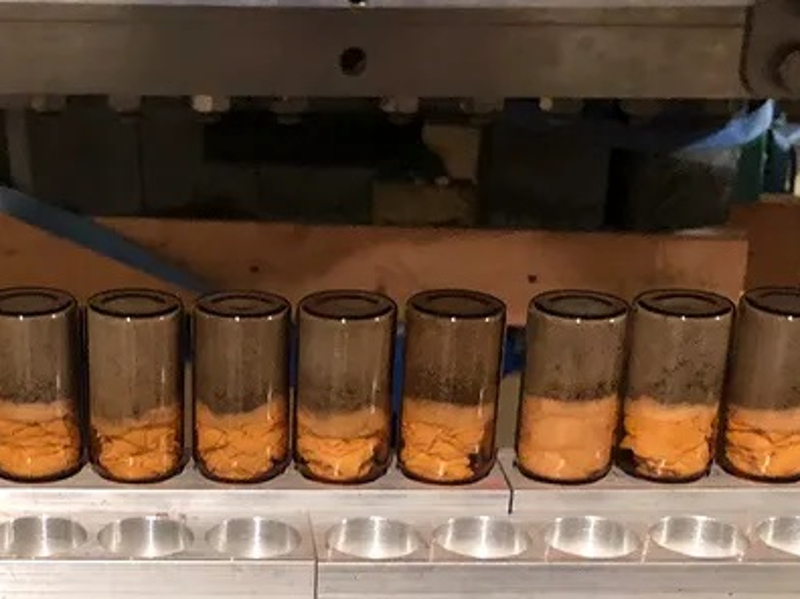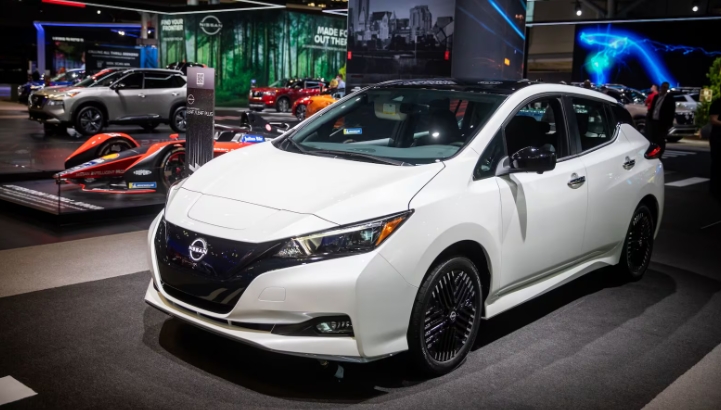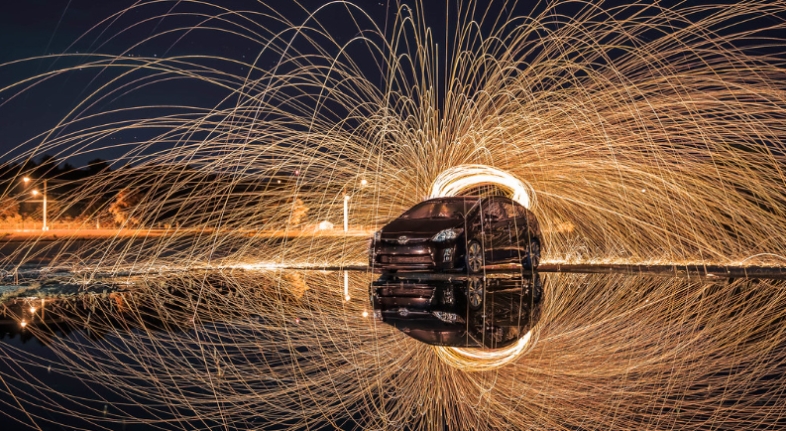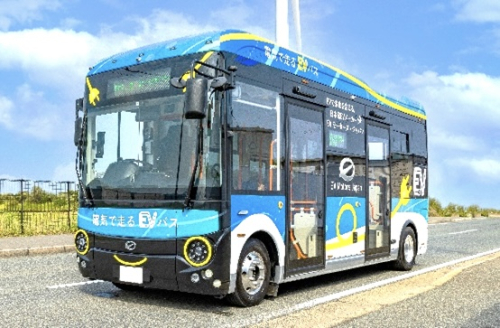 Vials of deuterated erbium. The material at the bottom is to hold the metal in place. Image: NASA
Vials of deuterated erbium. The material at the bottom is to hold the metal in place. Image: NASA
NASA has been investigating nuclear fusion as a power source for deep space travel to the Moon and beyond.
NASA’s approach is known as lattice confinement fusion, in which the nuclear fuel is bound in a metal lattice.
Unlike fusion in devices such as a tokamak or stellarator which requires very high temperatures – and anyway would be impractical to carry on a spacecraft – in lattice confinement fusion the metal lattice is held at ambient temperature. Within the lattice an energetic environment is created in which individual atoms achieve equivalent fusion-level kinetic energies.
Specifically, NASA has experimented with the metals, erbium and titanium, which are ‘deuterated’ with deuterium atoms or ‘deuterons’, packing the fuel a billion times denser than in tokamak reactors.
The deuterons are then accelerated with a neutron source in the form of a beam of gamma rays such that when they collide, deuteron-deuteron fusion can occur.
In fact, two possible pathways with energy generation potential have been observed, ‘screened fusion’ and ‘stripping’.
In screened fusion, the deuteron-deuteron fusion results in either a helium-3 nucleus and a leftover neutron or a hydrogen-3 (tritium) nucleus and a leftover proton, with both able to drive more instances of fusion.
In the stripping reaction, the metal atom strips and captures the proton or neutron from the deuteron. If the neutron is absorbed, the proton heats the lattice, whereas if the neutron is absorbed the erbium is transformed into thulium (or the titanium to vanadium), again with both reactions able to produce useful energy.
The NASA researchers working at the Glenn Research Centre in Cleveland say their work represents just the first step towards realising the practical application of lattice confinement fusion – and like other fusion approaches the reaction rates need to be significantly boosted.
They note that overall, most of the heating in lattice confinement fusion occurs in regions just tens of microns across, which is far more efficient than in reactors that heat up the entire fuel amount to very high temperatures. The approach also removes many of the technological and engineering barriers of other fusion schemes.
One area that needs further investigation is the neutron production for bombarding the deuterons, which is currently energy intensive, with lower energy alternatives.
The reaction also needs to be made self-sustaining, which may be possible using neutron reflectors such as carbon or beryllium to bounce neutrons back into the lattice.
“If the reaction rates can be significantly boosted, lattice confinement fusion may open an entirely new door for generating clean nuclear energy, both for space missions and for the many people who could use it here on Earth,” say the researchers.
Potential applications envisaged include the operation of small robotic probes on the surface of Mars, while on Earth the technology as it matures could find uses such as for small power plants for individual buildings.








